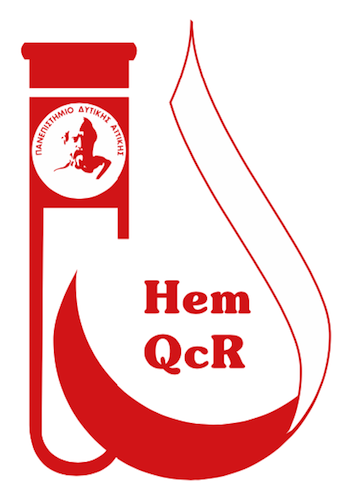01 Οκτ Special Issue “In Sickness and in Health: Erythrocyte Responses to Stress and Aging”
Dear Colleagues,
Mature red blood cells are the most abundant host cell in our body. Despite their apparent simplicity and unconventional composition (lack of nuclei and organelles) red cells respond to time and external stimuli and reprogram their redox and energy metabolism as a function of biophysical or biochemical triggers, including hypoxia, inflammation, mechanical tension and oxidants. Aging is characterized by modifications in red cell shape, volume, composition, metabolism and several surface molecules, some of which generate senescence signals that trigger erythrophagocytosis. While numerous factors, including chronic and acute oxidative stress, have been shown to contribute to red cell elimination in vitro and in vivo, the etiological triggers of erythrocyte aging and removal from the circulation are still incompletely understood. This holds true not just in the context of physiological aging, but especially in response to pathologies that alter red cell capacity to carry and deliver oxygen (e.g., thalassemia, sickle cell disease) or to counteract oxidant stress (e.g., glucose 6-phosphate dehydrogenase or pyruvate kinase deficiency – the former affecting ~400 million people worldwide). Beyond oxygen delivery, the utmost relevance of red blood cells to regulation of vascular tone, blood coagulation, response to hypoxia and immunomodulation, in addition to pitfalls of iatrogenic interventions (e.g. storage at blood bank) that may harm and modulate them while making them available on demand, set new challenges in the field of transfusion medicine. Reports of red cell modifications in conditions of systemic oxidant stress, dysregulation of oxidative metabolism and iron homeostasis (e.g., ferroptosis) from metabolic syndrome to cancer, from diabetes to neurocognitive impairment and from normal organism aging to inflammatory phenotypes simply reflect the centrality of this cell in our biological universe as a hub cell type of unexpectedly high communicational effectiveness and functional complexity.
This Special Issue focuses on cellular and molecular pathways that work in red cells in response to normal aging and stressful conditions and the translation of those effects in systemic phenotypes of the clinical and sub-clinical spectra. The anticipated contributions will include a selection of research papers, opinions and reviews focused on how red cells change in health and disease, in vivo and in vitro, and on the possible contribution of those readouts to deeper understanding of red cell homeostasis as a key and informative piece of the whole interwired system.
Prof. Anastasios G. Kriebardis
Prof. Angelo D’Alessandro
Prof. Marianna H. Antonelou
Guest Editors

